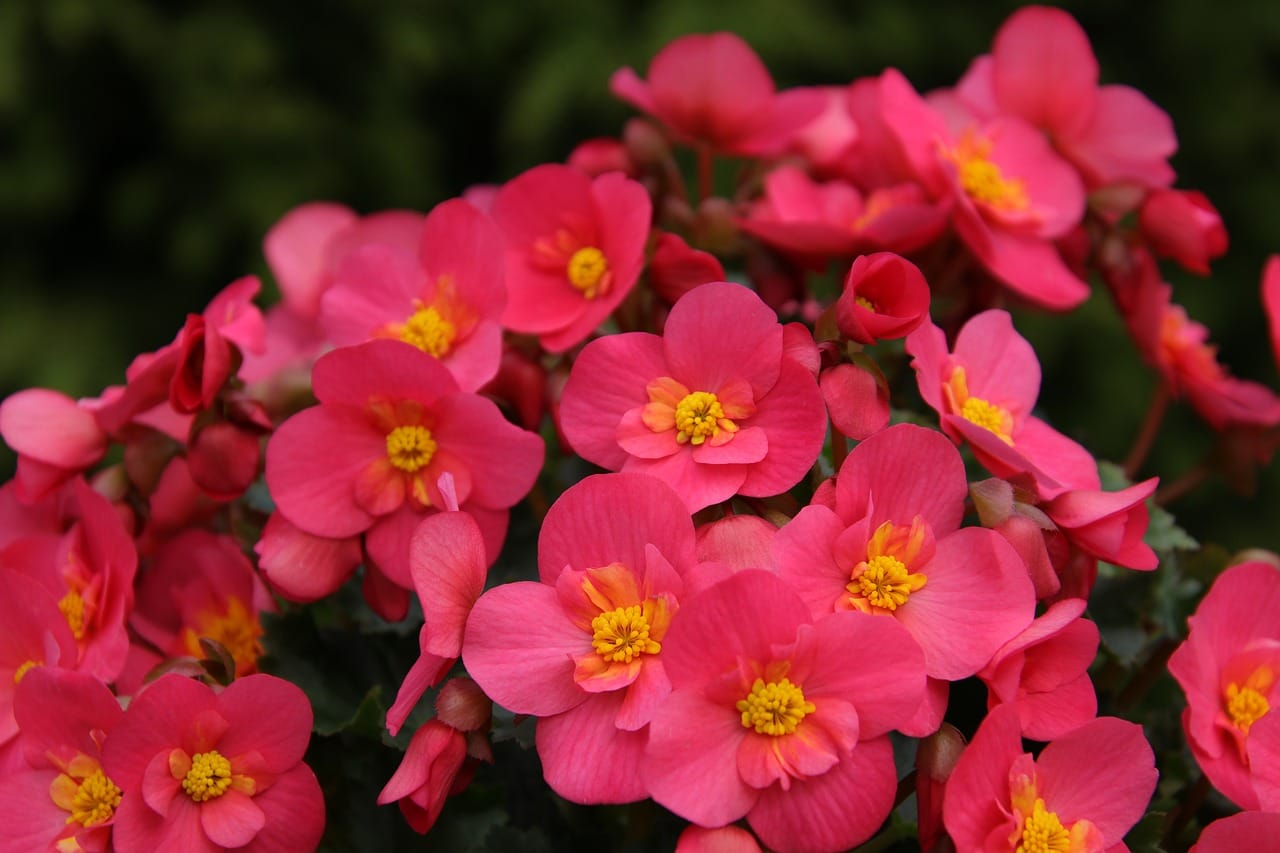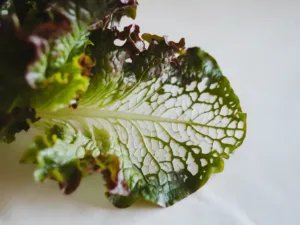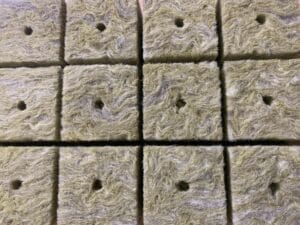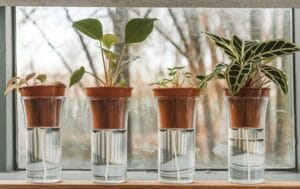Begonias are renowned not only for their striking blooms but also for their versatile uses. Whether you want to enhance your hydroponic setup for decorative purposes, attract pollinators, or cut flowers for fresh bouquets, begonias offer countless possibilities. Excitingly, these plants often thrive even better in hydroponics than in traditional soil, as they receive the precise nutrients and conditions they need. Sounds great, right? In this article, you’ll learn everything you need to know to make begonias bloom in your own hydroponic system. Let’s dive right in!
Variety Selection: Which Begonias Suit Your Hydroponic System?
Selecting the right begonia variety is the first step towards achieving a stunning floral display in your hydroponic system. Begonias come in countless shapes, colors, and sizes, so it’s important to choose a variety that suits both your system and your goals—whether you’re harvesting magnificent blooms for floral arrangements or using decorative leaves to beautify your indoor garden.
Here are some varieties that are particularly well-suited for hydroponics:
- Rex Begonias: Known for their spectacular, patterned leaves, Rex begonias offer colors ranging from silver to purple, bringing an exotic look to any setting. Since their flowers are often small and inconspicuous, Rex begonias are ideal for decorative purposes rather than floral harvesting.
- Tuberous Begonias: These varieties are celebrated for their impressive blooms, making them perfect for bouquets or as eye-catching features in your setup. With lush, vibrant flowers in shades like red, yellow, and pink, tuberous begonias are true showstoppers.
- Begonia semperflorens (Wax Begonia): This hardy variety is perfect if you’re looking for a low-maintenance plant. It blooms almost year-round and is a reliable choice for continuous floral displays. Its relatively compact size also makes it ideal for smaller hydroponic systems.
Depending on your intended use, you can choose a variety that visually enhances your system or serves useful functions, such as attracting pollinators.
The Best Hydroponic System for Begonias
Begonias thrive with well-aerated roots and a consistent supply of nutrients, making certain hydroponic systems ideal for their growth. The Kratky Method and the Nutrient Film Technique (NFT) have proven particularly effective. Both systems provide constant oxygen to the roots, which is crucial to prevent root rot and promote plant health.
- Kratky Method: This passive hydroponic system is simple, low-maintenance, and particularly suitable for beginners. Since it operates without a pump, the begonia roots are always adequately oxygenated, ensuring healthy root growth.
- Nutrient Film Technique (NFT): If you prefer a more advanced system, NFT is an excellent choice. A thin layer of nutrient solution continuously flows over the roots, providing plants with ideal amounts of both oxygen and nutrients. This promotes rapid growth and healthy blooms.
Both systems have proven effective in practice, offering begonias the ideal conditions to fully showcase their floral splendor.
Successfully Growing Begonias in Hydroponics
Growing begonias in hydroponics begins with proper propagation. Whether you use seeds or tubers, the process requires patience and care. While begonias can be grown from seeds, tubers are often the quicker and more reliable method if you’re aiming for abundant blooms. Here’s a simple step-by-step guide to successfully start begonias in your hydroponic system.
- Choose Seeds or Tubers: If you opt for seeds, start by sowing them on a suitable substrate like rockwool or coconut fiber. Cover the seeds lightly, as they need light to germinate. If using tubers, place them directly in seedling cubes and keep them moist.
- Create a Propagation Environment: Begonias need warmth and humidity to germinate well. A propagation box or a clear cover helps retain the necessary moisture. The ideal germination temperature is around 20°C to 25°C.
- Care Until Transition to the System: Once the seeds have germinated or the tubers start sprouting, you can transfer the young plants to your hydroponic system. Ensure the roots are well-oxygenated during the transition, and keep the nutrient solution at a moderate level to avoid overly rapid growth.
With these simple steps, you can ensure your begonias grow strong and healthy, soon displaying their magnificent blooms.
The Right Substrate for Begonias in Hydroponics
Begonias have relatively sensitive roots that require a well-aerated substrate for optimal growth. While soil plays no role in hydroponics, choosing the right substrate is still crucial to provide the plants with a stable base while ensuring the necessary aeration. Some substrates have proven particularly effective for begonias.
- Expanded Clay: Expanded clay is a popular hydroponic substrate because it aerates and stabilizes the roots. Begonias benefit from the moisture retention of expanded clay while still receiving enough oxygen, reducing the risk of root rot.
- Coconut Fibers: Coconut fibers provide a soft and well-aerated base for begonia roots. They are particularly suitable if you’re looking for a substrate that retains moisture while draining well. The downside: Coconut fibers require regular fertilization as they contain few nutrients.
- Vermiculite: This substrate is another excellent option for growing begonias in hydroponics. Vermiculite retains moisture well while ensuring the roots don’t suffer from oxygen deficiency. If moisture issues arise, simply mix in Perlite to regulate the drainage ratio.
Choosing the right substrate can significantly contribute to your begonias’ optimal growth in hydroponics. Regularly check to ensure the substrate remains clean and doesn’t cause root damage.
Light and Temperature: Creating Ideal Conditions for Your Begonias
Begonias are true sun lovers but are also sensitive to improper lighting conditions. Proper light and temperature management is crucial to promote lush growth and abundant blooming.
- Light: For hydroponic begonias, 12 to 14 hours of light per day is ideal. Use full-spectrum LED lights that provide both blue and red light. Blue light promotes vegetative growth, while red light is essential for flowering. Be careful not to expose the plants to too much direct sunlight, as it can scorch their delicate leaves. Moderate, indirect lighting is optimal.
- Temperature: Begonias prefer warmth but not heat. A temperature range of 18°C to 24°C is ideal for growth and flowering. If temperatures drop below 15°C, begonias may grow more slowly, and flowering can be inhibited. Conversely, temperatures above 30°C can stress the plant and reduce growth. In very warm climates, a small fan or air conditioning can help maintain stable temperatures.
By balancing light and temperature, you create the perfect conditions for your begonias to display their full floral splendor.
The Right pH and EC Levels for Begonias
Success in growing hydroponic begonias depends on finding the right balance of pH and EC (electrical conductivity) levels in the nutrient solution. These values directly affect how well your begonias can absorb nutrients and grow healthily.
- pH Level: Begonias prefer a slightly acidic environment. A pH level between 5.5 and 6.5 is optimal to ensure that the plants can efficiently absorb all necessary nutrients. If the pH level falls outside this range, nutrient blockages can occur, negatively affecting growth and flowering. It’s advisable to regularly check and adjust the pH level as needed.
- EC Level: The EC level indicates the concentration of nutrients in the solution. For begonias, the EC level should be between 1.0 and 1.5 mS/cm. High EC levels can damage roots and lead to nutrient overload, while low levels can slow growth due to a lack of essential nutrients. Regularly checking the EC level and adjusting the nutrient solution is essential for healthy growth.
By properly controlling these two parameters, you ensure that your begonias can optimally absorb nutrients and thrive.
The Right Nutrient Balance for Blooming Begonias
Like all flowering plants, begonias in hydroponics require the right nutrients to thrive and develop their stunning blooms. Choosing the right fertilizer is crucial, especially during the flowering phase when the demand for certain nutrients like phosphorus and potassium increases.
- Nitrogen (N): During the growth phase, begonias need nitrogen to develop healthy leaves and strong stems. At the start of the growth process, choose a fertilizer with a higher nitrogen content to promote vegetative growth. However, reduce the nitrogen content during the flowering phase, as too much nitrogen can inhibit blooming.
- Phosphorus (P): Once the plants enter the flowering phase, phosphorus becomes particularly important. This nutrient supports flower formation and helps the plant efficiently use energy for blooming. A fertilizer with a high phosphorus content is essential during the flowering phase.
- Potassium (K): Potassium is important in both the growth and flowering phases, as it promotes overall plant health and strengthens resistance to diseases and pests. It also aids in nutrient transport within the plant and helps keep the blooms strong and healthy.
In addition to these macronutrients, begonias also require micronutrients like magnesium, iron, and zinc. It’s worthwhile to choose a nutrient solution that contains both the main nutrients and these micronutrients in a balanced form. With the right nutrient mix, your begonias will not only bloom beautifully but also remain strong, healthy plants.
Harvesting Begonia Blooms: How to Cut for Bouquets
Begonias are perfect for use in bouquets, as their colorful blooms make a real statement. But how do you best cut begonia blooms for optimal use in a bouquet?
- The Ideal Harvest Time: The best time to cut begonia blooms is early in the morning. At this time, the blooms are still fresh, full of moisture and nutrients. Cutting blooms later in the day may result in them being weakened by heat and evaporation, reducing their longevity in a bouquet.
- The Right Technique: Use a clean and sharp garden shear to cut the blooms just above a leaf node. This not only promotes the formation of new blooms but also ensures that the cut blooms stay fresh longer. Be sure to cut the stems at an angle to maximize water uptake.
- Caring for Cut Blooms: To prolong the life of begonia blooms in your bouquet, place them in fresh, cool water immediately after cutting. A small drop of lemon juice or a floral nutrient powder in the water can also help keep the blooms fresh longer.
With these simple steps, you can ensure that your begonia bouquets last long and shine in their full glory.
Diseases and Pests in Hydroponic Begonias
Although hydroponic cultivation significantly reduces the risk of diseases and pests compared to traditional soil cultivation, begonias can still occasionally face problems. Here are some of the most common challenges and how to successfully tackle them.
- Powdery Mildew: This fungal disease appears as a whitish coating on leaves. In hydroponics, powdery mildew usually occurs when humidity is too high or air circulation is insufficient. To prevent powdery mildew, ensure good ventilation and avoid keeping leaves wet for too long. If an infection occurs, you can spray a mixture of water and baking soda on the affected areas.
- Root Rot: One of the biggest threats to begonias in hydroponics is root rot, caused by fungi when roots remain in excessive moisture for too long. To avoid this, it’s crucial to ensure oxygen supply to the roots and regular circulation of the nutrient solution. If root rot occurs, you’ll notice discolored and mushy roots. In such cases, immediately remove affected plants and replace the nutrient solution.
- Aphids: These small insects are a common nuisance for begonias, even in hydroponics. They suck plant sap and weaken the plant, leading to deformities and growth issues. Natural predators like ladybugs or spraying leaves with a soap solution are effective ways to combat aphids.
Regular inspections and a clean environment in your hydroponic system are key to preventing diseases and pests. Ensure that dead plant parts are quickly removed and that ventilation and nutrient circulation work flawlessly to keep your begonias healthy.
Additional Tips for Caring for Begonias in Hydroponics
While begonias are relatively low-maintenance, there are some additional tips to further optimize their growth and blooming period. Here are a few useful suggestions:
- Keep Plants Upright: Especially tuberous begonias with their heavy blooms can become top-heavy over time. To keep the plants stable, use plant supports or regularly prune the begonias early on. This also encourages branching and flowering.
- Avoid Waterlogging: Although begonias love a humid environment, waterlogging is particularly dangerous in hydroponics. Ensure that the roots receive enough oxygen and that the nutrient solution circulates regularly. Too much water can quickly lead to root rot, as mentioned earlier.
- Prune for More Blooms: Regularly remove old and wilted blooms. This encourages the plant to produce new flowers and directs its energy towards flowering rather than maintaining old blooms. The so-called “deadheading” is particularly effective for extending the blooming period in begonias.
With these tips, you can ensure that your begonias remain in top form year-round and display their full floral splendor.
Begonias as Versatile Blooming Plants in Your Hydroponics
Begonias are not only a beautiful addition to any garden or indoor space but also an extremely versatile plant for hydroponics. With their vibrant blooms and diverse varieties, they offer both decorative value and the opportunity to attract pollinators or even harvest flowers for fresh bouquets. While their care requires some attention regarding light, temperature, and nutrients, the results are well worth it.
Whether you’re a beginner in hydroponic cultivation or have experience, begonias are an asset to any setup, bringing joy with their long-lasting blooms. With the right care and the tips from this article, you’ll enjoy these fascinating plants for a long time.







